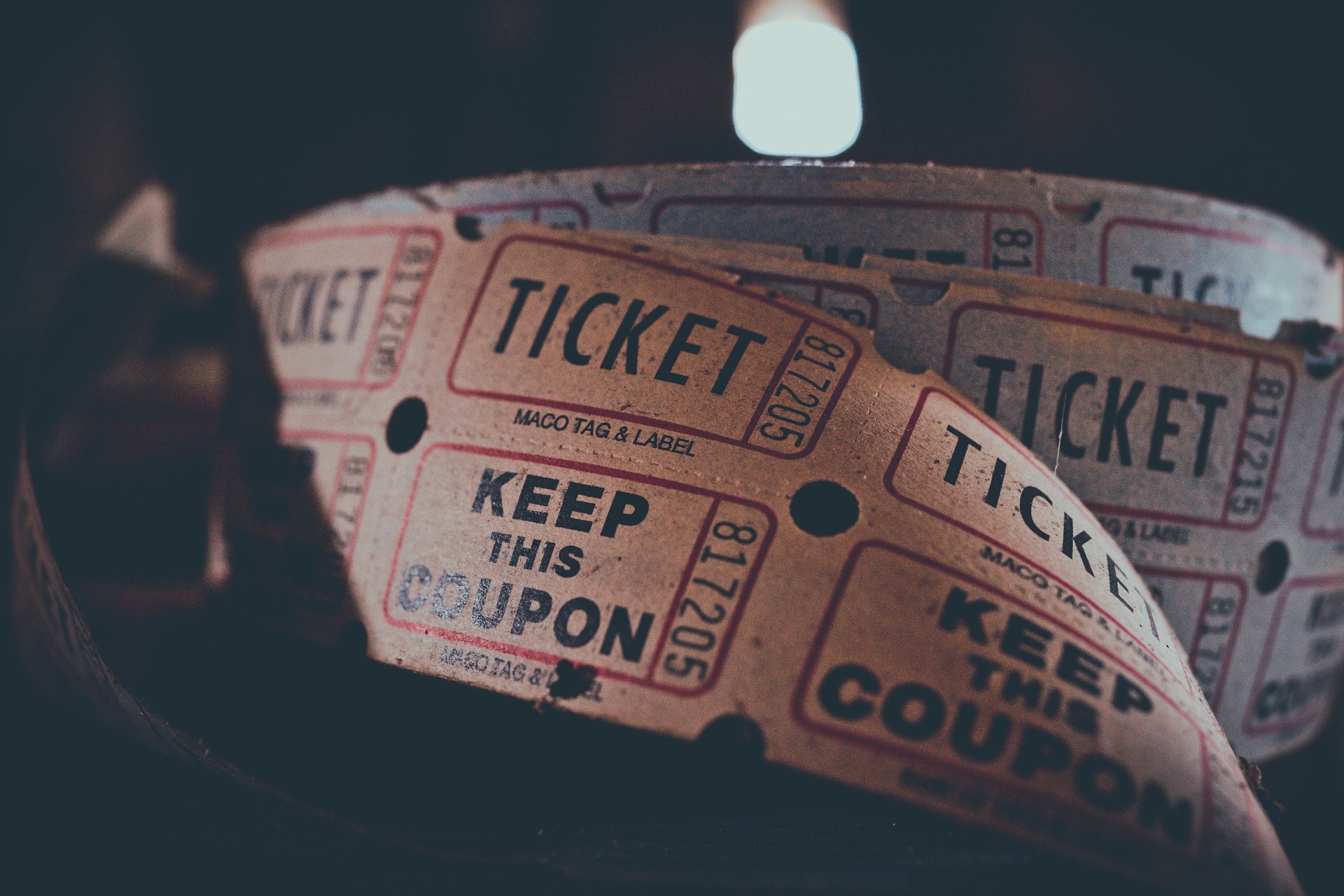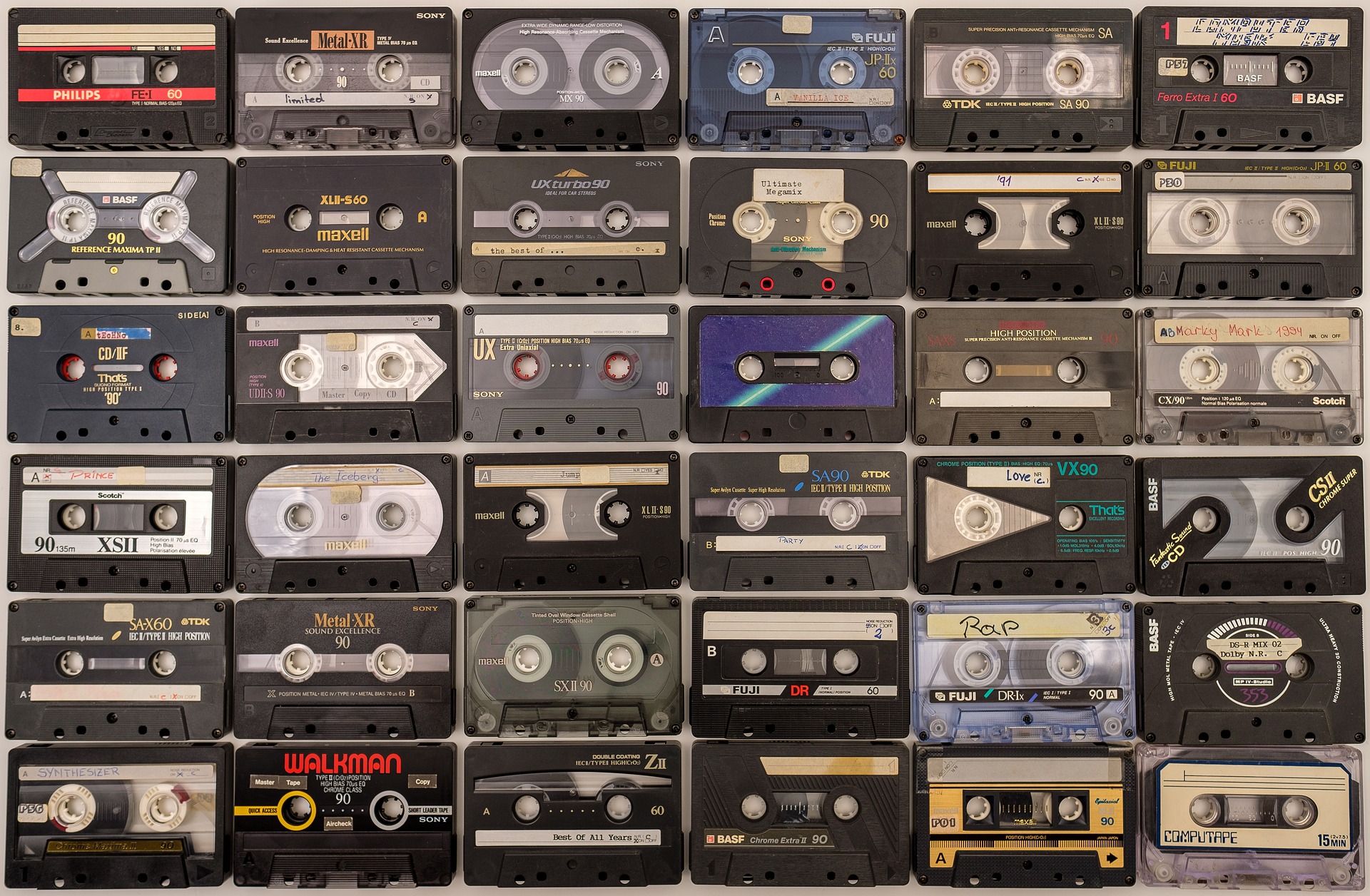Melodies of the Silver Screen: Understanding Film Scores
The magic of cinema goes beyond compelling stories and breathtaking visuals—it's the music that adds life to every scene. Read below to learn how film scores have evolved over the years, and the impact they have on storytelling.

The Symphony of Silent Films
Film scores trace their roots back to the era of silent films. Before the advent of ‘talkies,’ music was the primary tool used to evoke emotions and create rhythm in the narrative. Musicians would often play live music to accompany the film, with the piano being the most common instrument of choice. This practice allowed filmmakers to experiment with different genres of music, from classical to jazz, setting the foundation for the diverse film scores we enjoy today.
The Golden Age of Film Music
The transition to sound films in the late 1920s marked the beginning of the Golden Age of Hollywood. This period saw the rise of orchestral film scores, inspired by the symphonic tradition of Western classical music. Composers like Max Steiner, known for ‘Gone with the Wind,’ and Bernard Herrmann, best known for his work with Alfred Hitchcock, redefined the role of music in cinema. Their scores became integral to the storytelling process, enhancing the narrative and heightening the emotional impact of the film.
From Orchestra to Pop Culture
The 1960s ushered in a new era of film music, marked by the integration of popular music into film scores. The Beatles’ ‘A Hard Day’s Night’ and Simon & Garfunkel’s ‘The Graduate’ exemplify this transition. This shift not only expanded the soundscape of cinema but also blurred the lines between film and popular culture. Today, it’s not uncommon to find movie soundtracks topping music charts, turning film scores into a cultural phenomenon in their own right.
Digital Revolution in Film Scores
The advent of digital technology has revolutionized the way film scores are created. Composers now have access to a wide range of sounds and instruments that can be digitally reproduced, allowing for greater experimentation. Hans Zimmer’s ‘Inception’ score, for instance, blends electronic music with traditional orchestral arrangements, creating a unique soundscape that mirrors the film’s complex narrative.
The Future of Film Music
Film music continues to evolve, mirroring the advancements in both cinema and music. With the rise of streaming platforms, the quantity and diversity of content have increased, offering new opportunities for composers. Moreover, the growing interest in film music has led to the rise of concerts featuring film scores, bringing this art form to a wider audience.
Useful Tips and Facts: - A film score can either be diegetic (music that the characters can hear) or non-diegetic (background music that only the audience can hear). - Bernard Herrmann’s score for ‘Psycho’ (1960) is often considered one of the most effective horror film scores. - The longest film score ever composed is for ‘Interstellar’ (2014) by Hans Zimmer, running for nearly four hours.
As we delve deeper into the world of film scores, we realize that they are more than just background music. They are a narrative device, a character in their own right, and an essential part of the cinematic experience. Whether it’s the haunting melodies of a horror film, the uplifting tunes of a romantic comedy, or the epic orchestration of a fantasy saga, film scores have the power to transport us into the world of the movie, making the experience truly immersive.




